
Market gardening and its economical importance
Introduction The word agriculture literally means cultivating the land. Agriculture is the first step in the development of human civilization. It is a special kind […]

Introduction The word agriculture literally means cultivating the land. Agriculture is the first step in the development of human civilization. It is a special kind […]

Introduction When water vapor in the atmosphere condenses and falls to the ground under gravitational force in a liquid and solid state, it is called […]

Introduction Population refers to people living and interacting in a particular area or region. It is a very important factor for geographical boundaries. The population […]
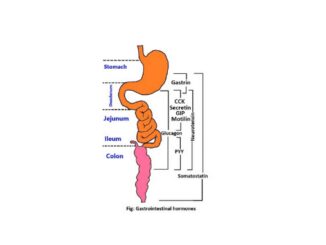
Introduction Gastrointestinal hormones are chemical messengers that regulate intestinal and pancreatic functions such as absorption, digestion, etc. The following is a detailed discussion of what […]
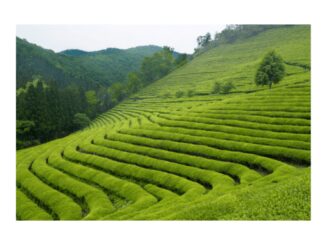
Introduction Agriculture is the primary economic activity of the people. It is one of the most important steps in the development of human beings from […]
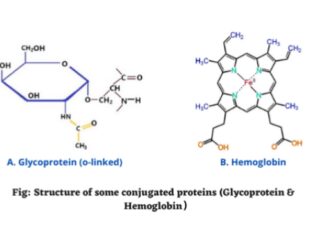
Introduction Based on the complexity of structure there are three types of proteins. Conjugated protein is one of them it consists of simple proteins with […]
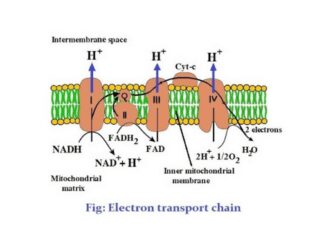
Introduction The electron transport chain is one of the processes in cellular respiration. All the green plants synthesize carbohydrates via photosynthesis. This carbohydrate is further […]
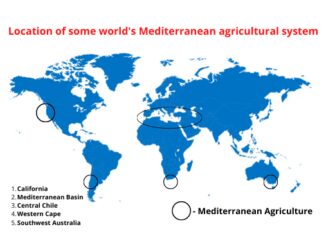
Introduction Agriculture has been a source of livelihood for a long time. In modern times the dependence on agriculture has decreased but most of the […]

Introduction Cork cambium is the layer of cambium that is usually seen in woody plants. Different types of tissues and cells form the plant body, […]

Introduction The polymers of amino acids are peptides and large peptides are called proteins. Proteins are macromolecules that are constructed by the repetition of one […]
Copyright © 2025 | WordPress Theme by MH Themes